'We are looking here at the colossal damage to a country’s culture and history -- something that cannot be quantified. There are artefacts, archaeological items and historical memorabilia that can never be replaced,' says Vinod Daniel, museum specialist.
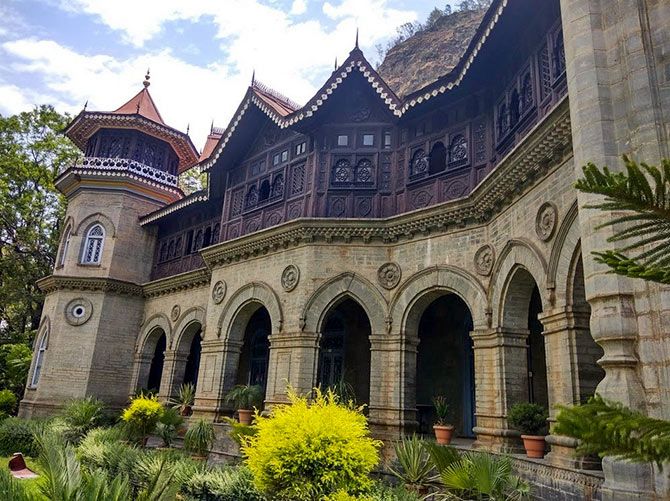
In April this year, when the medieval Notre-Dame de Paris, France’s much-loved cathedral, went up in a sheet of flame as the world watched aghast, acknowledged Australian museum specialist Vinod Daniel was watching the news on television. In horror. He happened to be in Chennai that day.
Several thoughts and memories crossed his mind.
He remembered all his trips to Paris, where he always stayed at a hotel in the shadow of this 13th century grand church, which survived two world wars -- a cathedral that took 100 years to build and just a few hours to devastate. Daniel felt pain that was quite personal to see it on fire.
The Notre-Dame fire also made his thoughts return to India, a land packed with some of the planet's finest monuments and historical sites.
In a statement to the Press Trust of India, IIT-educated Daniel, who hails from Chennai, commented that the devastating blaze at the Notre-Dame should serve as a "wake-up call" for India and spoke about the need for the newly-elected Indian government to conduct a "national-level fire audit" as well as organise state-level audits of museums and other cultural landmarks in their first year in office.
Over the last 20 years Daniel has worked with the Australian Museum, Sydney, and the J Paul Getty Trust, Los Angeles, in what he terms collection-related roles. He has consulted in 45 plus countries, providing specialist knowledge on museum planning, conservation, management, acquisition, repatriation, capacity-building and risk assessment.
Daniel, who heads Daniel Aspac Pty Ltd, a heritage and public health consultancy firm, is currently also the chairman of the AusHeritage board, a network of Australian cultural heritage management organisations. He divides his time between India and Australia -- he has homes in both Sydney and Chennai, with the latter being his "hub" -- spending 15 days every month in India.
He is also involved, Daniel, below, says, with a large charity project helping underprivileged Indians get access to a pair of spectacles.
Side-by-side he "provide(s) pro bono support to the museum sector and works closely with a number of museums and cultural bureaucrats/professionals in India."
In an interview to Rediff.com's Vaihayasi Pande Daniel, he outlines what India needs to do keep her museums safe:
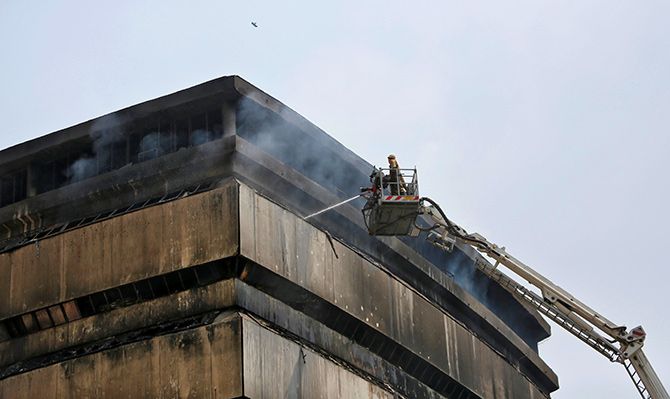
Why do you feel Indian monuments need a national-level fire audit?
As with all institutions of national importance -- including museums, monuments and heritage buildings -- a fire audit is an absolute necessity.
In preventive conservation terms we list 10 agents to consider as risks for cultural collections or monuments, and fire is often the number one risk. Constant review, upgradation of fire alarms and suppression systems are a must to keep them safe from major disasters.
Every institution needs a disaster management plan in place.
Is any particular monument, as per your first-hand experience, in more need of a fire audit than others? The reasons for the urgency? Are any of the reasons particular to India and Indian monuments?
Fire audits are an absolute must for all museums and monuments.
However within this, institutions that hold a large volume of combustible materials -- for example, libraries and archives -- as well as monuments built out of materials that are more susceptible to fire -- for example, wood instead of stone -- will need to be prioritised.
Also, any institution will be at a higher risk during periods of renovation work.
How should this be executed?
Fire safety audits and creation of disaster management and recovery procedures have become standard processes for both cultural and non-cultural institutions.
For cultural institutions, the recovery aspect post-fire becomes very important since the damage from the water used during fire suppression is very damaging for the collections and the first 24 hours are very important for using good accepted practices for salvaging.
Examples of post-fire damage include mould growth on many materials (because of the excess water used) and paper-based materials if not dried immediately becoming unusable.
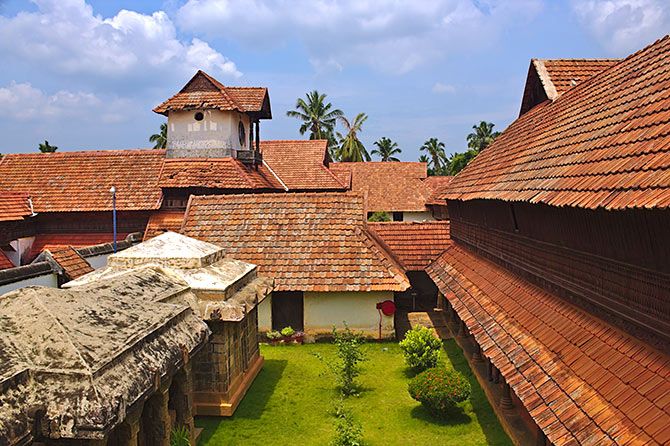
How aware are the caretakers of these monuments of this danger?
All professionals in this sector are aware of the dangers of fire to their cultural institutions.
Two aspects need to be stressed. Every institution should have a disaster management plan with proper training, and secondly, resource allocation to achieve this should be prioritised.
What seem to have been the failings at the Notre-Dame, Paris? Are Indian monuments in similar danger?
The Notre-Dame is one of the monuments that did have a reasonable fire management system (including alarms and procedures).
While investigations into the Notre-Dame fire are still going on, there is no evidence to point it to be a criminal act.
There was a period of restoration happening within the cathedral, and this combined with the combustible nature of the roof materials and lack of identification of fire location and response to the initial fire alarm, made this a huge, huge disaster.
All monuments -- even the ones with a fire management plan -- have a small possibility of accidents such as this.
With regards to many of the Indian monuments, I would say the danger level is even higher. I had an opportunity to walk through the historic Connemara library in Chennai and the wealth and density of historic paper-based materials, along with the minimal amount of fire suppression systems, worried me.

And given that so many buildings in Indian urban areas need fire audits, what would be the reasoning for devoting particular attention to monuments? That is a question that unfortunately applies to anything that needs to be done in India, ie, the tough decision of what to prioritise.
While both are important, I would imagine the commercial or residential owner will take responsibility for their premises if necessary acts and regulations are in place. The government of the day is the custodian of most monuments and cultural institutions and they need to prioritise this within their operational budgets.
We must also note that we are looking here at the colossal damage to a country’s culture and history -- something that cannot be quantified. There are artefacts, archaeological items and historical memorabilia that can never be replaced.
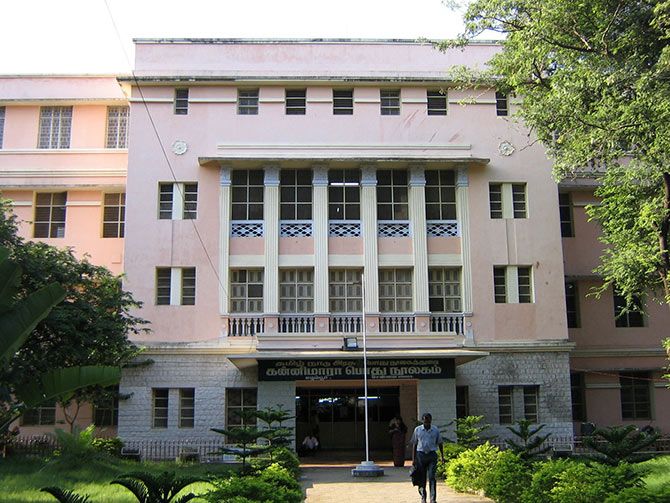
What about Indian museums? How well protected are they?
Museums in India vary in their disaster preparedness, especially with regard to fires.
Some larger ones have a certain level of systems and measures in place and a number of smaller ones, especially district museums, may have very minimal, or may not have measures in place at all.
What else does India need to do for both its museums and its monuments to make them more progressive and dynamic, more attractive, more educational?
Two key aspects that this sector needs to prioritise:
~Appoint a long-term director -- who is there for at least 8 to 10 years -- since planning and executing a museum renewal takes time and vision. Also have an independent board that this person reports to and not the government of the day. This will provide the neutral platform that museums need.
~Invest in building the human resource capacity within the organisation. Whether in collection management, exhibitions, conservation, education etc. It all needs special skilled people who can keep the momentum and creativity going.
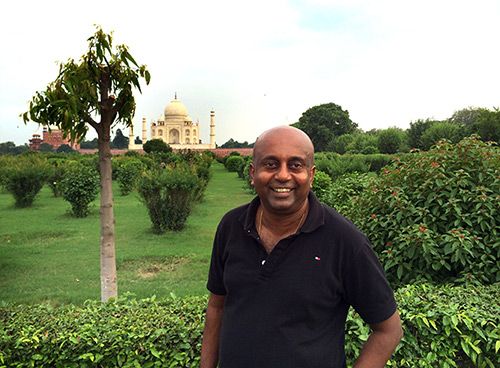
And larger revenue generators?
Do not fund a museum 100 per cent.
Have a set target that the museum needs to raise every year to keep the operation going and stretch it a bit every year.
This then would keep the museum innovative as well as customer-focused, since the number of visitors will matter. Their entry tickets, what they eat in the cafeteria, what they buy in the shop, how they use the premise as a venue will all be revenue generators.
In your view, given your experience, which museums and monuments in India have not lost the plot and are on the vanguard of change or innovation?
Any museum renewal is a long-term process and will need a good clear vision and leadership. Often this could be a 10 to 15-year process that looks at all aspects, including collection management, reaching out innovatively in an audience-friendly way, researching on what it has, being a neutral platform for contemporary issues and a safe place for unsafe ideas.
The Prince of Wales Museum or now the Chhatrapati Shivaji Maharaj Vastu Sangrahalaya, in Mumbai, is an institution that over two decades has built itself up to be a great museum in the global arena.
Institutions such as the Mehrangarh Fort Museum in Jodhpur, Victoria Memorial Hall (part of the Victoria Memorial, Kolkata) and the Indira Gandhi Memorial Museum (Safdarjung Road, New Delhi) are also very good.
The major Indian monuments including the Taj Mahal (Agra), Brihadeeswara Temple (Thanjavur, Tamil Nadu) and Elephanta Caves (near Mumbai) all provide a spectacular visit -- maybe a bit of improved facilities for hospitality around them may assist.
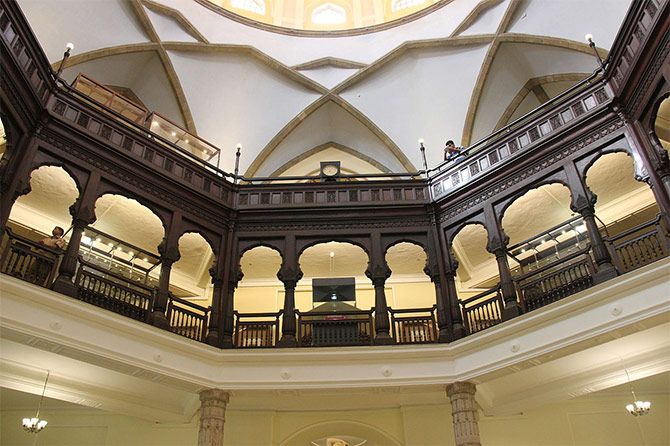
Another big issue that plagues many Indian monuments and historical sites, as you know, is theft. Given that India has so many historical and religious sites, some of them not very well guarded, what should the state or central government or citizens do to prevent pilfering?
Theft is another major risk and institutions should have adequate preventive measures in place including latest surveillance equipment, CCTV systems and physical guarding.
Also they should have good documentation of their collections and do spot audits -- of a certain number of collections -- regularly.
However, it is important to note that most collections in India would be outside museums and often in private hands, religious places or in abandoned temples and sites.
Two aspects are important.
The first is to have a basic documentation to make sure we know what we have and we can identify them if something is stolen and sold.
The second is to get the local community aware of this important part of their history and get them to become custodians of these collections in terms of safeguarding, management as well as benefit from cultural tourism.










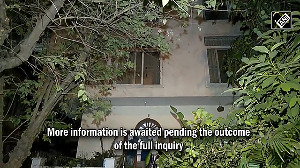
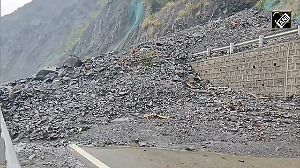
 © 2025
© 2025